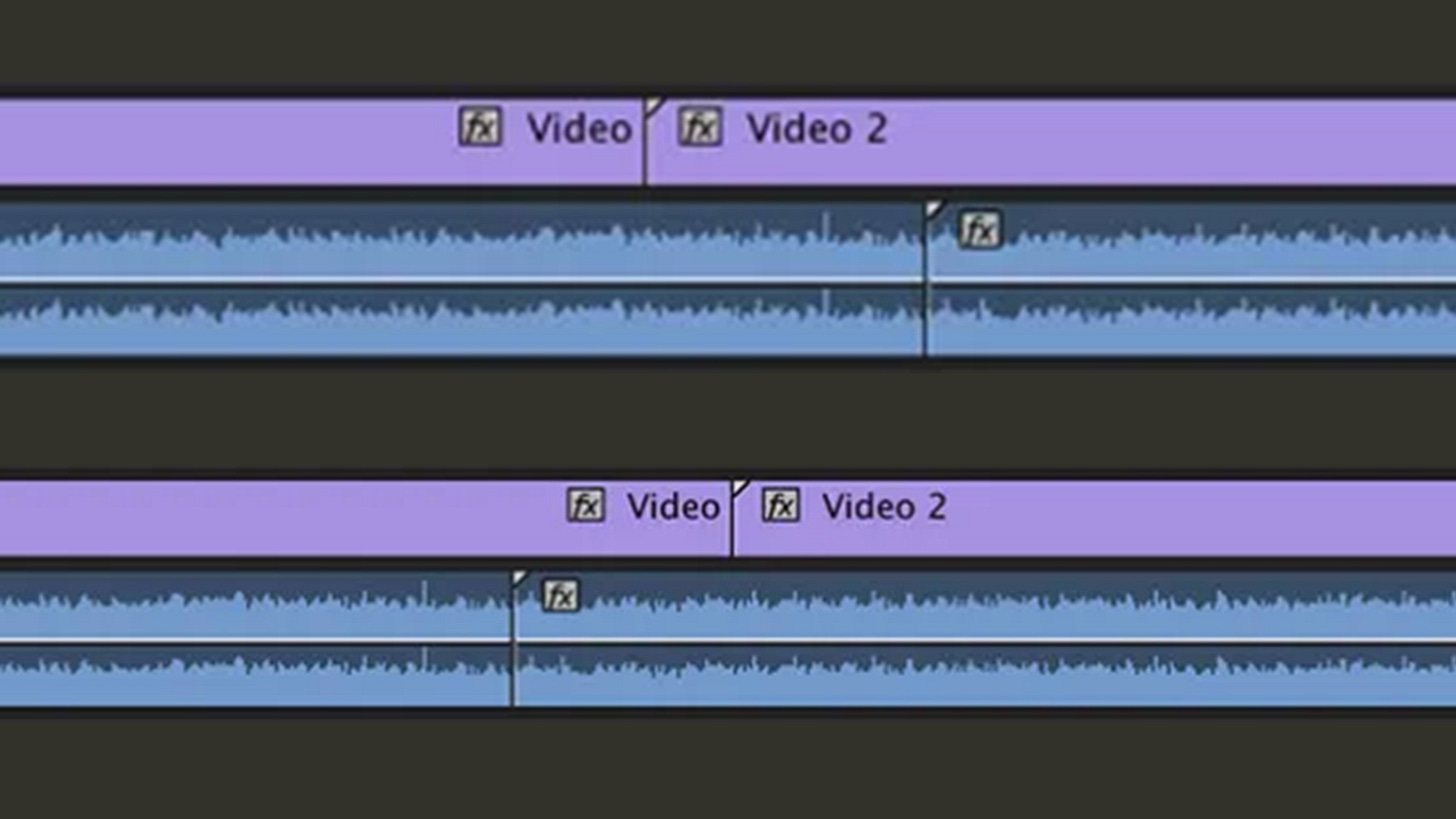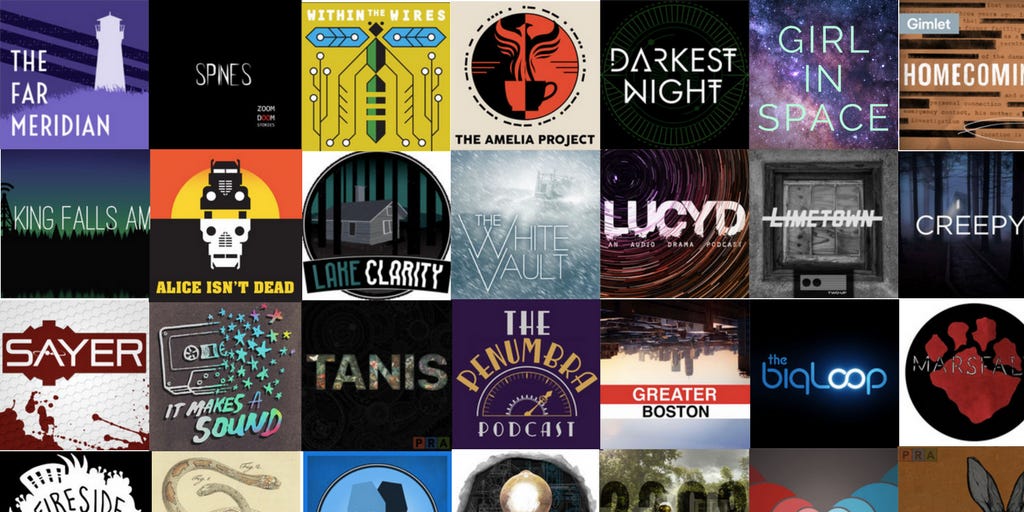When L Met J: A Love Story in Making Editing Invisible
From Hollywood classics to TikTok, these two have been keeping edits smooth (and audiences hooked) for nearly a century.
Hi everyone—
This week, we’re diving into two of the most useful techniques for making cuts that flow like water: the L-cut and the J-cut. They’ve been around for nearly a century, but they’re still the go-to move when you want seamless storytelling across any genre or format.
Before we jump in, I also wanted to share that Eddie got a major upgrade this week. We now support 30 languages, so whether you’re cutting a documentary in Danish, a YouTube video in Spanish, or a product launch in Norwegian, Eddie can handle the logging, rough cuts, and social edits without missing a beat.
One thing we still don’t speak? Klingon. We’re working on it. (Okay, not really. But send us a labeled dataset and we’ll talk).
Let’s get into it.
—Shamir
PS — I just found out that we made and released a TikTok video about L and J cuts today!! I wish I could say it was strategically and meticulously planned to coincide with this newsletter. ;)
There’s an old adage in filmmaking you’ve probably heard before:
“Good editing is invisible.”
— Literally everyone
I actually disagree. Good editing doesn’t have to hide.
It can announce itself if it wants to, twist rhythm, and even become part of the story. Sometimes you want the audience to feel the cut, like Sean Baker’s hard, jarring transitions in Anora (yes, the one that won him an Oscar for editing).
But if you did want your edit to fade into the background so they forget an edit even happened, the L and J cut are your two best friends in the timeline.
In this piece, we’re going to look at:
What they are and why it works on a psychological level
A brief history of how they went from master-only technique to everyday tool
One scene example that shows them in action
Step-by-step how to use them in your NLE.
By the end, you’ll have a trick you can apply instantly whether you’re cutting a feature, YouTube vlog, or a corporate reel.
Meet L and J
L-cut: Audio from Scene A plays over the first frames of Scene B.
J-cut: Audio from Scene B starts while we’re still watching Scene A.
Think of them as a couple. L is laid-back, lingering on what’s already happened. J is impatient, jumping ahead to what’s next.
The History
The earliest example of a split edit that walked and talked like the modern L-cut was found in The Jazz Singer (1927), often credited as the first “talkie.”
Sound and picture were recorded separately, and to make dialogue flow without jarring pauses, editors overlapped audio from the next shot into the current one.
Through the 1930s–50s, the technique was introduced to dramatic scenes, often to “bridge” shots in conversations.
It wasn’t until the 1980s and early 1990s, with the arrival of non-linear editing systems like Avid that the L-cut became a standard, repeatable trick.
Dragging audio independently of video went from a master’s trick in high-end suites to a tool for the masses.
Well, the “masses” meaning assistant editors hunched over ‘80s workstations.
The Science
Our brains are wired to follow continuous sound.
When audio stops and starts with the cut, it creates an event boundary which is the brain’s way of saying, “new scene, start over.”
That’s fine if you want the jolt, but if you don’t, it’s the difference between crashing through a door and walking through it.
Psychologist Jeffrey Zacks, who studies event perception at Washington University, says the brain flags these event boundaries as a brand-new episode in the mental “movie” it’s building.
The L-cut works because of what film theorist Sergei Eisenstein and later cognitive scientists like James Cutting (file under: perfect surnames) have described about editing: sound is an anchor.
If it flows across a visual change, the viewer’s perceptual system treats the two shots as part of the same continuous event. You’re effectively bypassing that event boundary trigger.
This is also why the Kuleshov Effect still works today despite it having been introduced to the world over 100 years prior. We connect disparate visuals into a single meaning when given a continuous sensory thread.
In the case of Ls and Js, that thread is audio.
In short: keep the sound flowing, and you hack the brain’s continuity software. Break it, and the viewer suddenly notices the machinery.
Case Study: Whiplash (2014)
J-cuts are typically used for urgency and a great example of this is the opening scene of Damien Chazelle’s Whiplash.
You hear the haunting scrape of drumsticks and a mounting rhythm over black.
It drags your senses forward, primed for shock or revelation.
Here’s how it works:
Audio first, visual Second: You hear the cue (a snare) before anything appears. It builds anticipation before you’ve seen who or what is making the sound.
Emotion setting pace: The audio gives the scene a heartbeat. Fast, tense, unsettled—before the visuals give shape to that emotion.
MOA: (Momentum on arrival): When the shot finally lands, you’re already leaning in. It feels inevitable.
In this scene, J’s telling you: “Strap in because we’re about to snap,” even when the first frame looks tranquil.
How to Invite L and J Into Your Timeline
Premiere Pro
Unlock audio from video.
Drag audio from Clip A forward to overlap Clip B’s video.
Add a short crossfade if needed.
DaVinci Resolve
Turn off “Linked Selection.”
Ripple trim Clip A’s audio past the cut.
Slip edit to adjust pacing.
Final Cut Pro
Expand audio/video (Control–S).
Drag audio handle forward into the next shot.
Add a short fade if there’s ambience.
Pro Tip: Keep overlaps subtle. 6–12 frames is often perfect. Too long, and the trick becomes obvious.
L and J Get New Jobs
A gallery of audio fiction heavyweights. Podcasts that turned sound into cinema.
Their language has bled out of cinema and into new media, where the rules are different.
Podcasts & YouTube Essays
In audio-driven storytelling, the J‑cut is now the unsung hero of transitions. A host’s concluding thought bleeds into the soundscape of the next segment, softly cueing your brain: here’s a new thesis.
According to Riverside data from 2025 shows, that over 450 million people watched or listened to podcasts, while 34% of Americans consume 8+ episodes each week, and 23% spend over 10 hours weekly listening.
TikTok and Short-Form Video:
Here, the L‑cut gets rebranded as a kinetic pacing tool. In rapid-fire clips, audio from the climax of Clip A lingers into Clip B to sustain momentum. That rhythmic glue is what keeps attention on the screen.
The stakes are high: unbearably high. Viewers spend a max of 1.5 seconds deciding whether to stay or swipe (it’s probably much closer to 0 seconds that it is 1.5)
Under‑15‑second hits are 25% more replayed and while 30-second videos spark 55% more comments. L-cuts are now part of the algorithmic survival dance.
Spatial Audio and VR:
L and J- leap off the screen in venues designed for the immersive experience.
Picture yourself in a museum exhibit: observing, before you hear narration filtering in from the next room. That’s a real-world J-cut. Sound pulling you physically toward what’s next.
Once you know what L and J-cuts are, you begin to notice them everywhere. Not just in films, but in life. The truth is, our senses rarely align perfectly.
We are constantly living in the auditory past or future of any given moment.
L and J-cuts are our perception's original partners in crime. Bonnie and Clyde.
We use them in video, use them in podcasts, and, whether we realise it or not, our brains cut this way in everyday life.
Which makes me wonder, how often are you clocking them in your own work? And more importantly, how are you using them?



